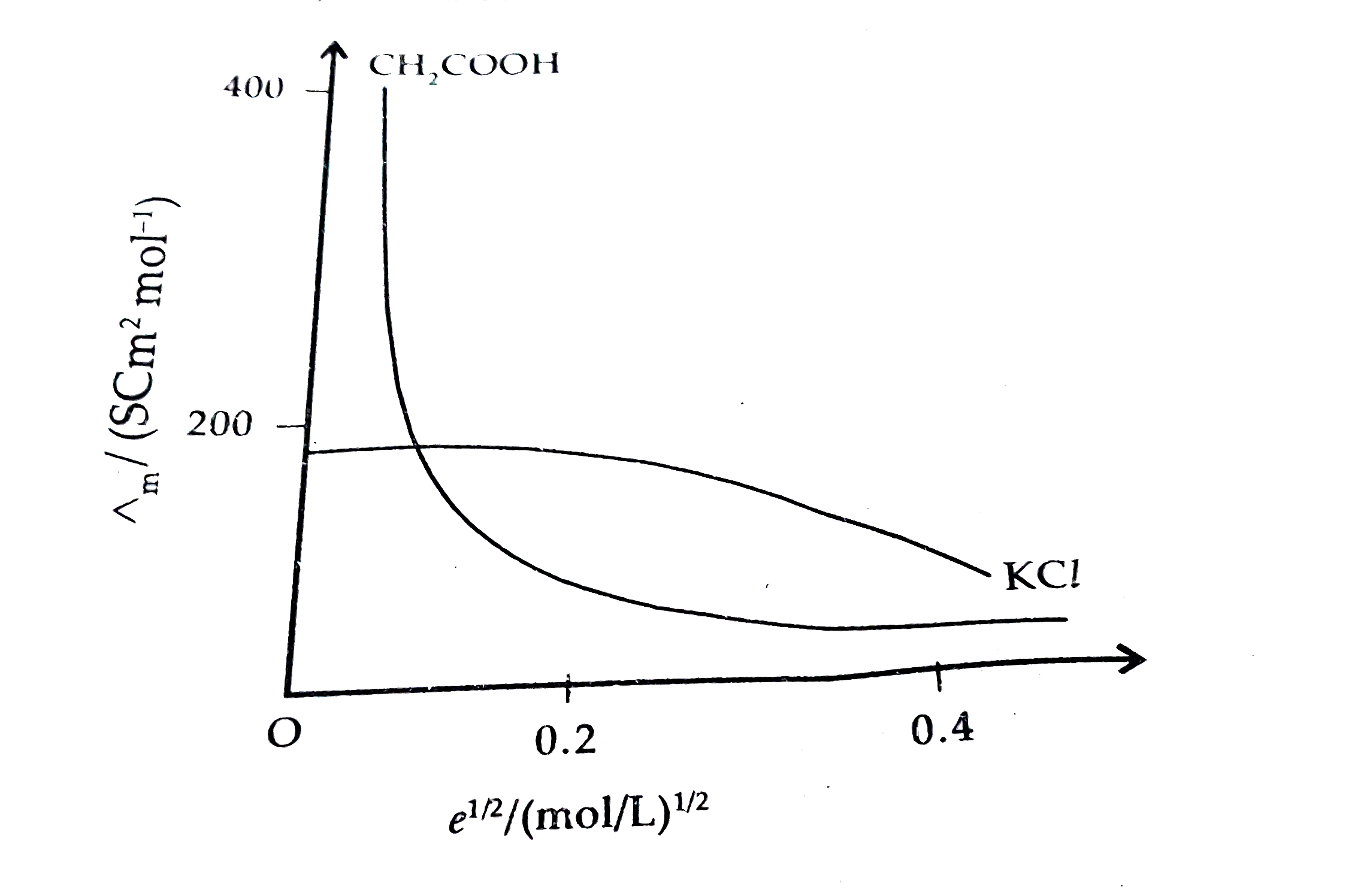Text Solution
Verified by Experts
|
Topper's Solved these Questions
XII BOARDS
XII BOARDS PREVIOUS YEAR|Exercise SET-II|32 VideosView PlaylistXII BOARDS
XII BOARDS PREVIOUS YEAR|Exercise SET-III|34 VideosView PlaylistSAMPLE PAPER 2019
XII BOARDS PREVIOUS YEAR|Exercise SECTION: D|1 VideosView Playlist
Similar Questions
Explore conceptually related problems
Knowledge Check
Similar Questions
Explore conceptually related problems
XII BOARDS PREVIOUS YEAR-XII BOARDS-SET - II
- Calculate Delta(r)G^(@) and e.m.f. (E) that can be obtained from the f...
07:56
|
Playing Now - What are lyophobic colloids? Give one example for them.
01:31
|
Play - Why is thie that only sulphide ores are connectrated by forth floata...
01:24
|
Play - Write the IUPAC name of the following compounds:
01:17
|
Play - Darw the structure of 2,6 Dimethyphenol.
01:30
|
Play - Rerrange the following in an increasing order of their basic strength...
02:23
|
Play - In corundum, oxide ions are arranged in hexagonal close packing and al...
01:36
|
Play - Calculate the equilibrium constant K(c) for the rections. 3Sn^(4) ...
02:11
|
Play - Outline the principles of refining of metals by the following methods ...
05:14
|
Play - Explain giving a suitable reason for each of the following : (i)...
03:02
|
Play - Write the main structural difference between DNA and RNA. Of the four ...
02:55
|
Play - What mass of NaCI ("molar mass" =58.5g mol^(-1)) be dissolved in 65g o...
02:56
|
Play - Write the stucture and names of all steresiomers fo the following com...
04:08
|
Play - (a) Differentiate between a disinfectant and an antiseptics. Given ...
Text Solution
|
Play
